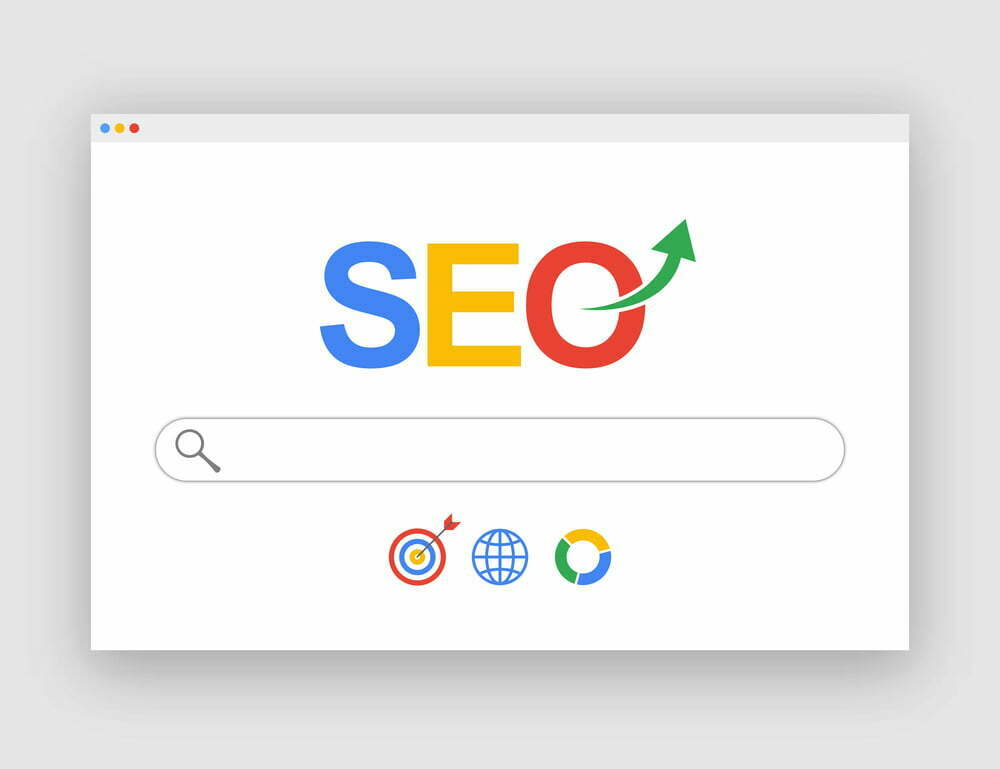Link equity, which is often referred to as “link juice,” is an essential component of any modern SEO strategy. But what is it? It’s a search engine ranking factor that passes authority or value from one linking page to the next. The value depends on many factors, such as the topical relevance of the page, its linking authority, the HTTP status, and more.
When links pass equity, it’s a sign for Google or other search engines to determine where the page ranks in search engine results pages (SERPs). Both internal and external backlinks help in passing link juice.
Implementing valuable links is integral if you want to rank high on Google. Not only can quality links improve your PageRank, but they can help drive more organic traffic to your website and improve your domain authority.
Factors That Affect Link Equity

For starters, it’s pivotal that you understand the many factors that can affect link equity.
Quality of Backlinks
As I mentioned at the beginning of this article, quality links are a crucial part of SEO. Always think of quality over quantity. Not every backlink is equal, so when you’re looking for websites to link back to yours, choose links that can positively impact your organic search rankings.
Always remember that search engines strive to provide relevant content for users. Choosing backlinks from websites relevant to your business will have more of an impact on your ranking factor.
Authoritative pages measure how well a website or web page is likely to rank. If you’re linking to a page with high authority and link juice, it can flow to your page.
Anchor Text
Anchor texts play a key role in link-building efforts. When you have an exact match anchor text with target keywords that describe the specific page on the other side of a link, it can help Google determine the relationship between the pages. As long as the anchor text is relevant, it can improve your link equity and ranking.
Link Placement
Where you place your links within the web page is important. It has to look natural and fit in the main body of the content. Why? Because it can provide more link juice than links on the footer.
Link Diversity
Search engines tend to favor backlink profiles built naturally over time with links from diverse websites. Try to include links to different types of content, such as blog posts, press releases, directories, etc. Each link from a new domain expands your link network, which can help your site acquire link equity.
Using Semrush To Determine Link Quality

Semrush is one of the most effective SEO tools in the community. The tool’s backlink analysis feature allows you to enter a domain name and receive a list of all its backlinks. The best part is that it also breaks the backlinks down into categories. In addition, you can access information regarding the anchor text used for each backlink, as well as the IP address.
To determine link quality with Semrush, you must sign up for an account. Once your account is set up, you can enter a target website’s URL in the “site explorer” tool. Then, you can view the backlinks report to see a list of all websites linking to the target site.
Furthermore, you can use the “Domain Rating” and “Referring Domains” metrics to identify the most valuable backlinks. The “Anchors Report” is an additional feature that can analyze anchor texts used in the backlinks and identify any issues related to overuse or irrelevance.
Using Ahrefs To Determine Link Quality
Much like Semrush, Ahrefs is another tool used in the SEO community, and it can be an asset to find quality links. Ahrefs’ Backlink Checker allows you to pinpoint the type of information you need with filters for domain ratings, link types, and much more.
Using Ahrefs is quite similar to Semrush. You’ll need to sign up for an account. Once that’s all set, you can enter a target website’s URL in the “Site Explorer” tool. Ahrefs stands out because you can look into UR (URL rating) and DR (Domain Rating). Both show how strong a target’s backlink profile is on a logarithmic scale from 0 to 100. What’s the difference? The target for a UR is a specific web page, while the DR target is the entire website. While the two are related, they can produce different scores.
For example, let’s say you’re getting a link from a page with a low UR. It may be an orphaned page on the domain or has no links coming into the web page itself. That’s why it’s relative to look into both, as assessing the DR’s quality might not be enough.
With Ahrefs, you’ll be able to view a backlinks report to see all websites linking to the site, as you can with Semrush. Inspecting the metrics will identify backlinks that possess value, and analyzing anchor texts can specify whether they’re relevant to your website.
How To Improve Link Equity

One of the key strategies to acquire high-quality backlinks includes creating content that’s shareable and valuable. It’s easier said than done, as several factors can influence whether the Google algorithm deems your content worthy enough. However, if the content is top-notch, other bloggers and industry experts will want to use it and link back to your site. It can take some time to craft ideal content that other websites may want a link to, but writing how-to articles, guides, and lists can help add value to your link.
Guest blogs are another way to get more link juice. It may sound counterproductive, but a successful guest blog should not be backlink focused. If you approach guest blogging intending to obtain a link, you might end up with links to low-quality or spam-infested sites.
That’s why internal links are so important for SEO purposes. They help search engines understand the architecture of your website, pass authority, and assist users with navigating your site. Optimizing your internal links can increase the chance of ranking the page it’s linked to. Think of all that link juice just waiting to be passed along. Looking for internal link juice targets can make all the difference in your rankings.
Use the Google Search Console to find backlink opportunities for your site. It’s free and provides data that can help you narrow down which websites to reach out to with relevant content. Remember, the content must be relevant and appealing, otherwise, you’ll get a big fat no for any link equity opportunities.
SEO tools, such as Semrush and Ahrefs, are also available if you want to gather more data and information regarding backlink sources.
Optimizing your anchor texts is an effective way to garner link equity, but be careful not to over-optimize by relying on repetitive keyword phrases. Yes, the keywords should accurately describe the page or content you’re linking to, but don’t go overboard. When choosing a page to link to, focus on the context around it. Relevancy is key.

FAQ
Can link equity be passed from one website to another through redirects?
Google typically doesn’t want you redirecting link equity, and passing value through unrelated domains or web pages won’t help your SEO strategy. However, if your content is relevant, a redirect can pass on link equity and increase rankings.
Does the age of a backlink affect its contribution to link equity?
Old backlinks can wind up as broken links. Broken links are essentially hyperlinks that no longer work and lead to an error page. That’s why the backlinks should be as relevant as possible. When you have broken links on your page, it won’t pass on any link juice, which impacts your organic rankings.
How does link equity differ from PageRank?
PageRank is an algorithm that evaluates the quality and quantity of links on a web page. Link equity, or link juice, refers to the value that passes from one linking page to another.
What is link equity and how does it relate to link sculpting?
Link equity refers to the value that a link passes to a website based on various factors such as the relevance and authority of the linking site. Link sculpting is the process of carefully managing the distribution of this link equity to optimize a website's ranking in search results. For more information on link sculpting, you can visit this page on link sculpting. If you're interested in learning more about a specific tool for link sculpting & internal linking, you can check out this review of LinkWhisper.
Can you have too many backlinks and negatively impact link equity?
Too many backlinks in one piece of content can appear spammy to Google, and you may get flagged for spam, which will impact your link equity efforts.
How often do search engines update link equity?
Search engines like Google typically index sites between four days and four weeks. However, you can’t know for sure whether link juice is passed on, as there are a range of factors that influence rankings.
Conclusion
The biggest takeaway from this post is that you need good-quality links to get the desired link juice you’re looking for. Using tools like Semrush or Ahrefs can be an asset as they can analyze backlinks and help improve your link quality.
Follow my reviews at SerpFocus for more information on the latest SEO tools.



Leave a Reply
You must be logged in to post a comment.